Offbeat Outings is a bi-monthly series that highlights the travels of BHP staff as they experience history first-hand throughout Pennsylvania.
When some people plan to go on an historic vacation they think of places to visit like the Egyptian pyramids at Giza, Colonial Williamsburg, Stonehenge, or even Gettysburg. When I think of an historic vacation, I think about going home.
Let me define that first. When I talk about home I don’t mean my apartment in Harrisburg where I have lived with my wife and cat for the last 7 years.
 No, I mean the place where I grew up, a rural area tucked into the backwaters of the Crooked Creek Watershed in Armstrong County.
No, I mean the place where I grew up, a rural area tucked into the backwaters of the Crooked Creek Watershed in Armstrong County.
So, on a post-Christmas December day, I set out for a weekend excursion to cross the Appalachian Mountains and venture back out into the frontier. The wife and I piled into the rental car with enough supplies for a weekend with my parents.
When money is tight we consider taking the long route to get home. This consists of driving north out of the city of Harrisburg on 22/ 322. The 5 ½ hour trip winds you through the Lewistown Narrows, within spitting distance of Raystown Lake, through downtown Holidaysburg , past the Jimmy Stewart Museum in Indiana, Pa, and finally down along the Kiskiminetas River near where it joins the flow of the Allegheny River. On most occasions though, we prefer to take the Pennsylvania Turnpike, as it cuts our travel time down by a couple of hours.
Growing up, I always dreamed of getting away from this place and going somewhere exciting and adventurous. This might be why I got into archaeology. As an adult, I find myself occasionally craving a road trip back home to the place where I built 23 years of memories. In my mind I can remember the way things looked and I always hope that when I get back home that they still look the same.
However, things don’t stay the way we remember. This was evident when my wife and I arrived at our hotel and had to maneuver around the fleet of Marcellus Shale drilling trucks. It was also evident when we visited the Pittsburgh Mills Mall later that evening. I can remember the family trips to the Pittsburgh Zoo driving down Route 28 and seeing a beautiful farm tucked into the rolling hills where that mall sits now.
I did find some solace on this trip in the fact that one of my favorite places to visit in Westmoreland County is still nearly intact to the way I remember it.
Founded in 1895, Vandergrift was originally built with the purpose of providing housing for the new non-unionized steelworks under the Apollo Iron and Steel Company as a model industrial town. When a strike and lockout closed George McMurtry’s steel plant in Apollo, Pa, he hired Frederick Law Olmstead’s architecture firm to create a town with an urban design that reflected a combination of social reform, comprehensive infrastructure planning, and private homeownership. These ideals helped to create a loyalty and good relations between the workers and McMurtry.
The Vandergrift Historic District (Keyno 096607) was listed in the National Register of Historic Places in 1995. It contains 625 contributing buildings and 2 contributing sites. These numbers comprise a mix of residential properties, along with commercial and educational facilities, and a couple of landscaped parks.
One of the reasons this town is one of my favorite places is that when you are downtown you are typically no more than a block or two away from the residential areas. A quick trip across the street could bring you to the Post Office to pick up your mail and admire the New Deal Mural above the Post Master’s office door.
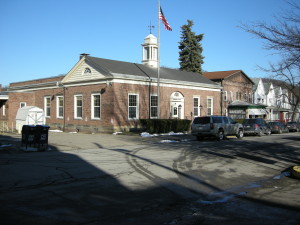 Like many towns across America, many of the businesses that occupied the downtown when I was a kid have either permanently closed or moved to a different location.
Like many towns across America, many of the businesses that occupied the downtown when I was a kid have either permanently closed or moved to a different location.
One of the places that is still doing well and drawing people to Vandergrift is the Casino Theater. 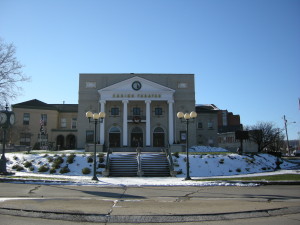
Built in 1900, the Casino Theater was part of the “Vaudeville Circuit”. As a kid, my parents took my sisters and I to see a few shows here, including a dance performance that my older sister performed in.
The theater itself stands out in the community, not just because it sits at a major intersection, but for the four large, white Ionic columns on the front of the building. The adjacent section of the building houses the Vandergrift Public Library, formerly the Municipal Building. When the library first opened in 1901, McMurtry challenged the residents to match his donation of 1000 books to prove that they were serious about owning a library. As a result, the Vandergrift Public Library Association was formed and the donation was matched. 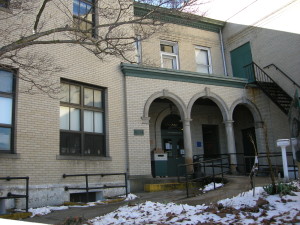
By far this is one of my favorite places to visit when I go home. I highlighted some of the gems of this sleepy little town. I encourage everyone to sometime go home and dig up some memories of their favorite places from their childhood and comment about them below.
Comment Policy
PHMC welcomes and encourages topic-related comments on this blog. PHMC reserves the right to remove comments that in PHMC’s discretion do not follow participation guidelines.
Commenters and Comments shall be related to the blog post topic and respectful of others who use this site.
Commenters and Comments shall not: use language that is offensive, inflammatory or provocative (this includes, but is not limited to, using profanity, obscene, or vulgar comments); disparage other commenters or people; condone illegal activity; identify the location of known or suspected archeological sites; post personal information in comments such as addresses, phone numbers, e-mail addresses or other contact details, which may relate to you or other individuals; impersonate or falsely claim to represent a person or an organization; make any commercial endorsement or promotion of any product, service or publication.
If you would like to comment on other topics not related to this blog post but related to PHMC, please fill out the PHMC Contact Us Form.
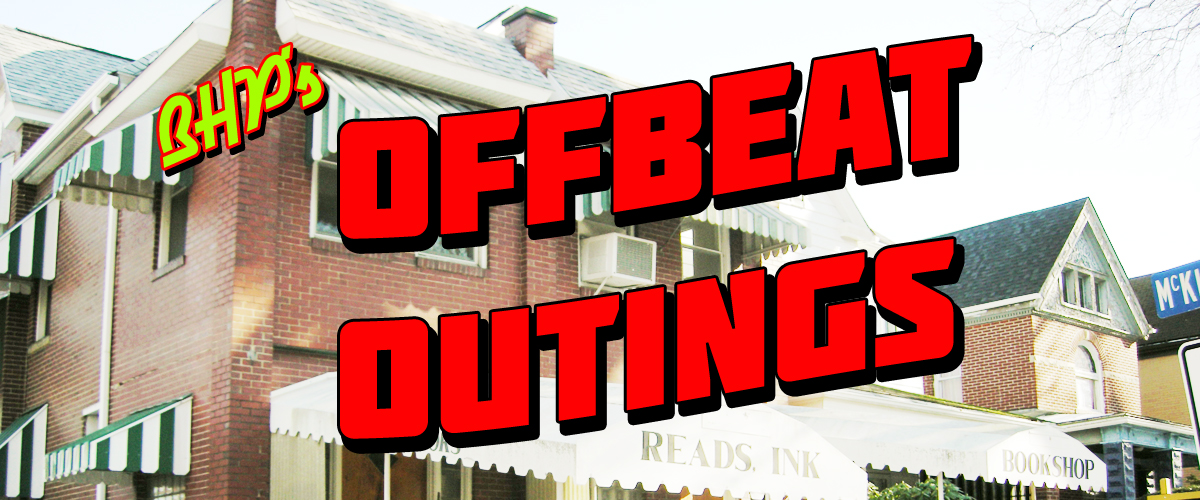
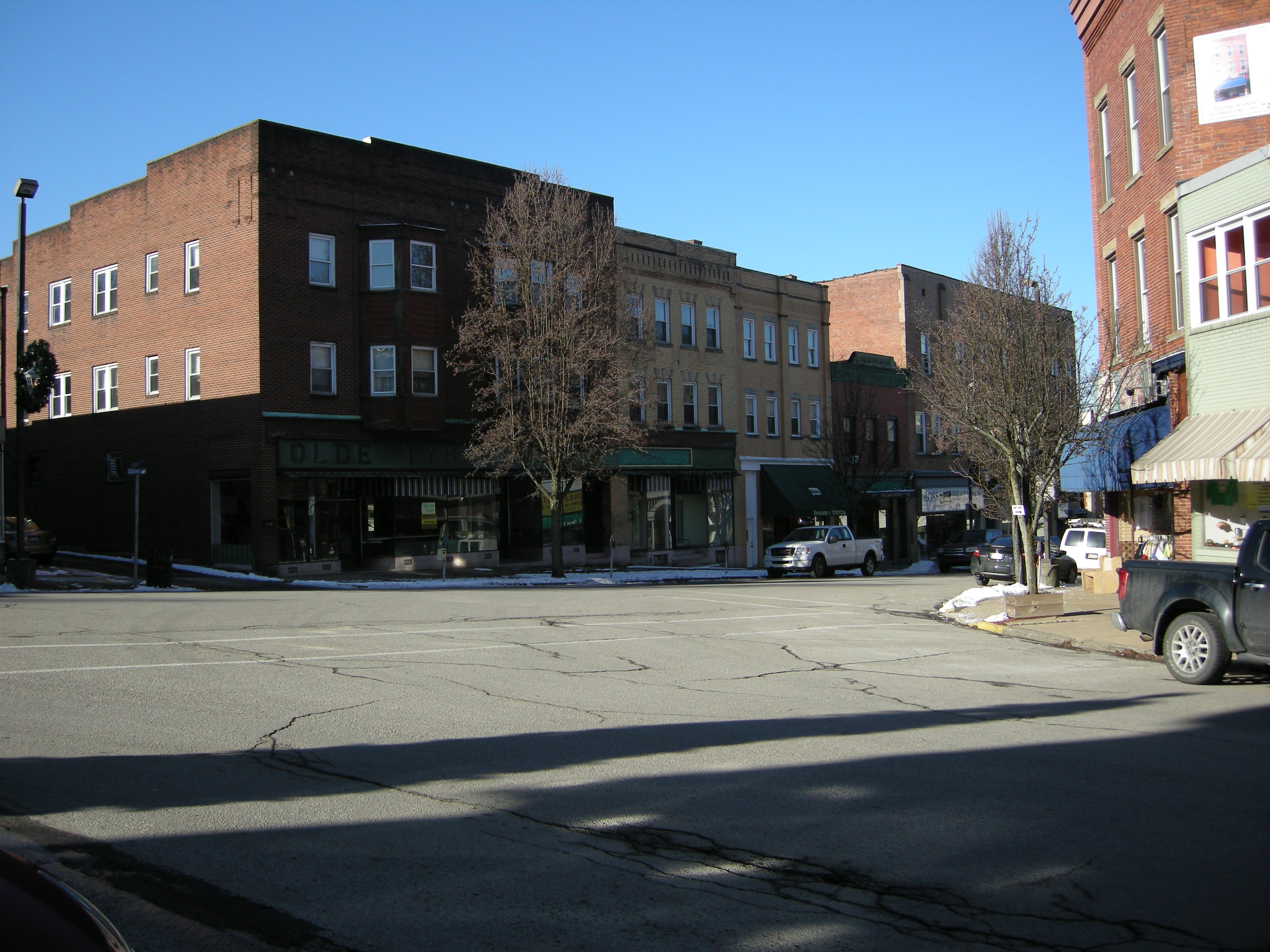
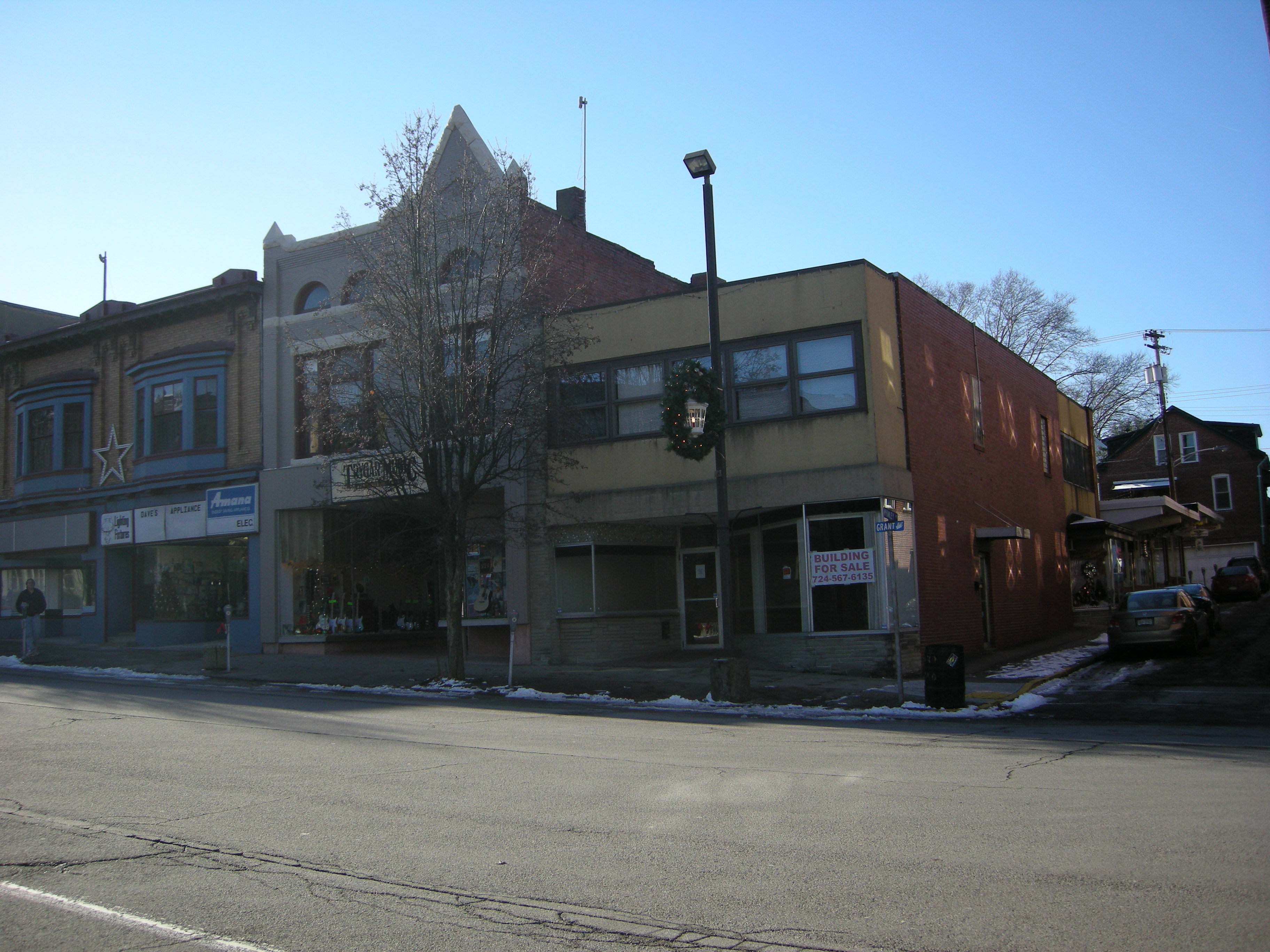
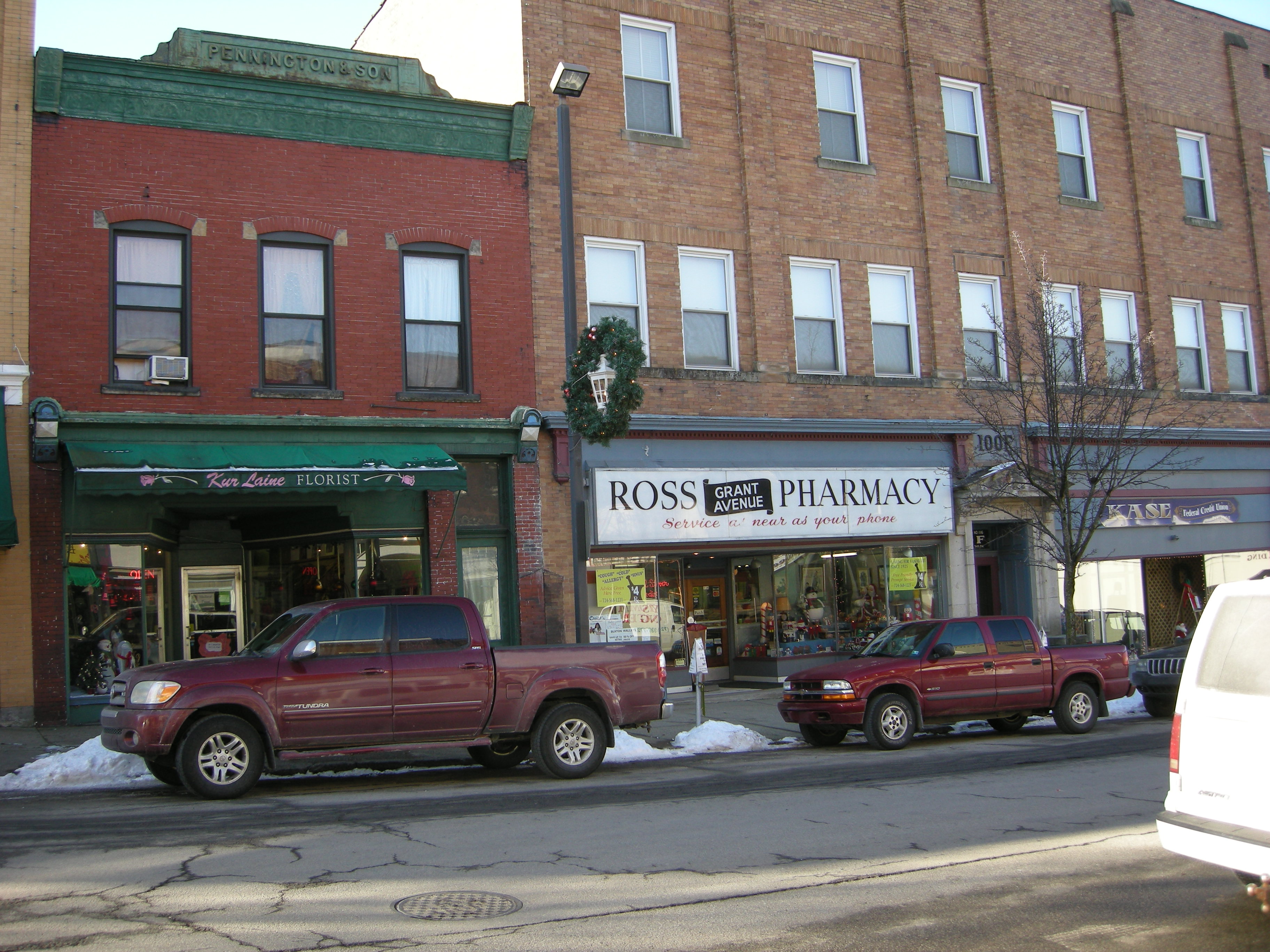

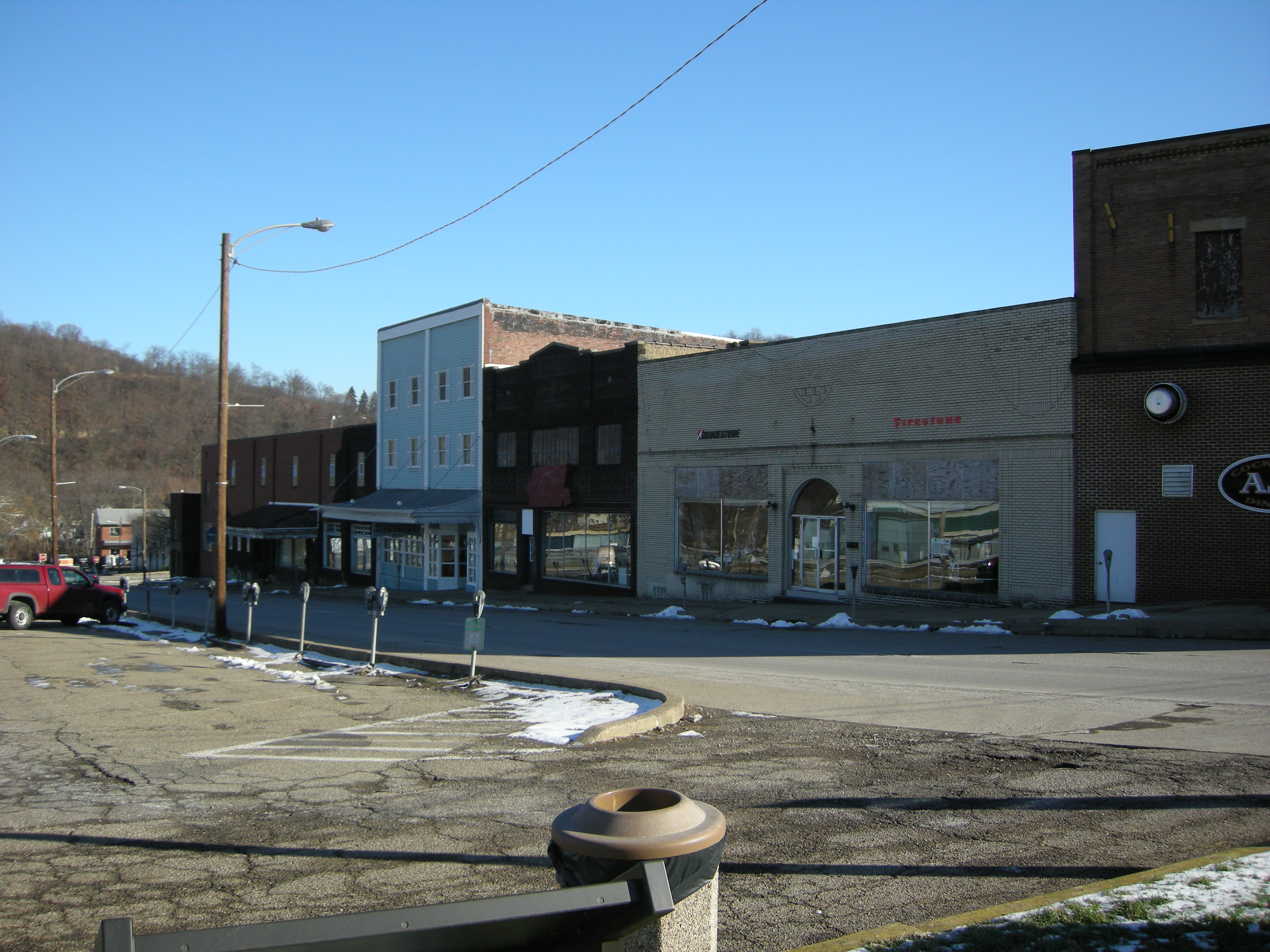
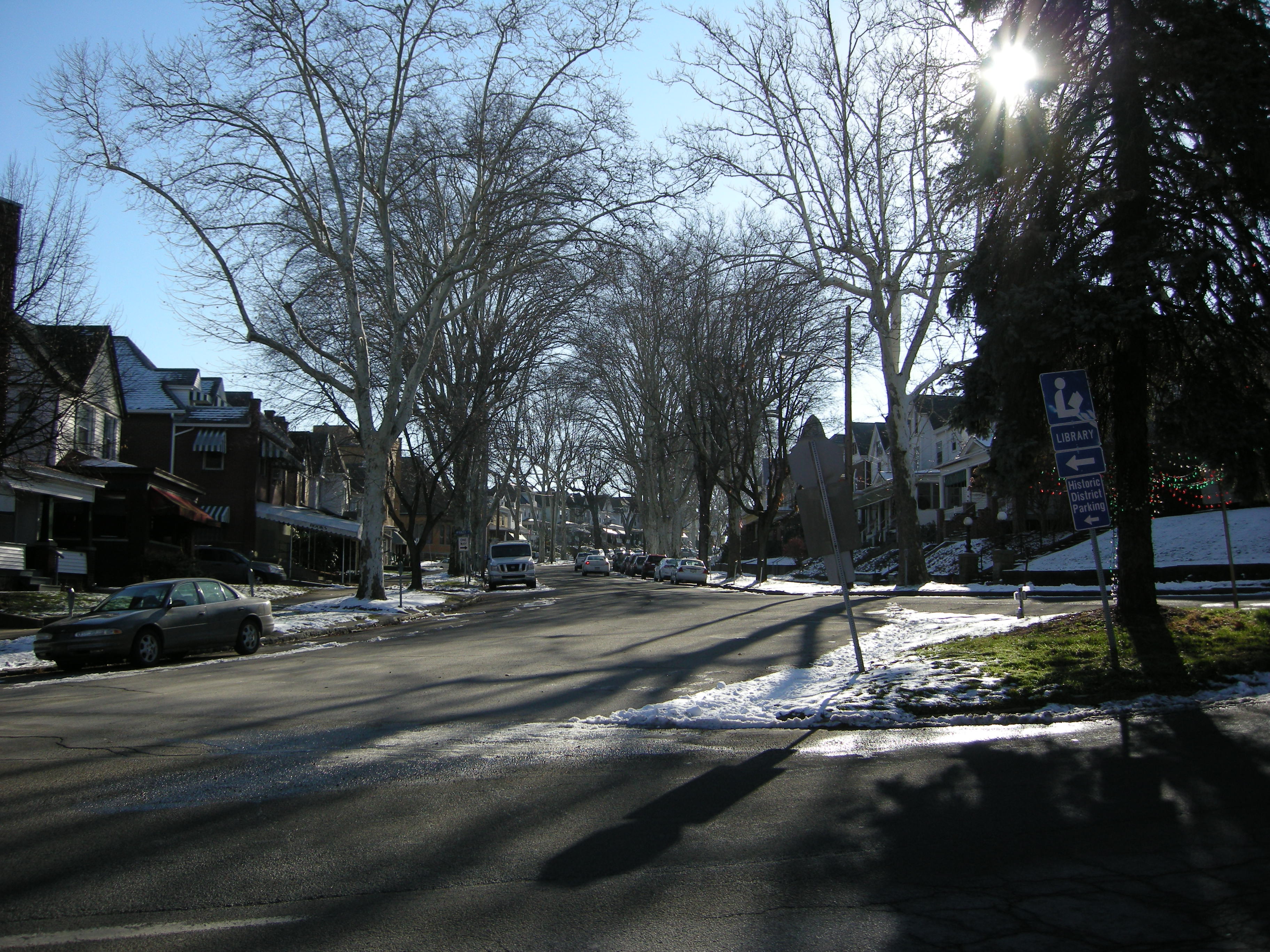
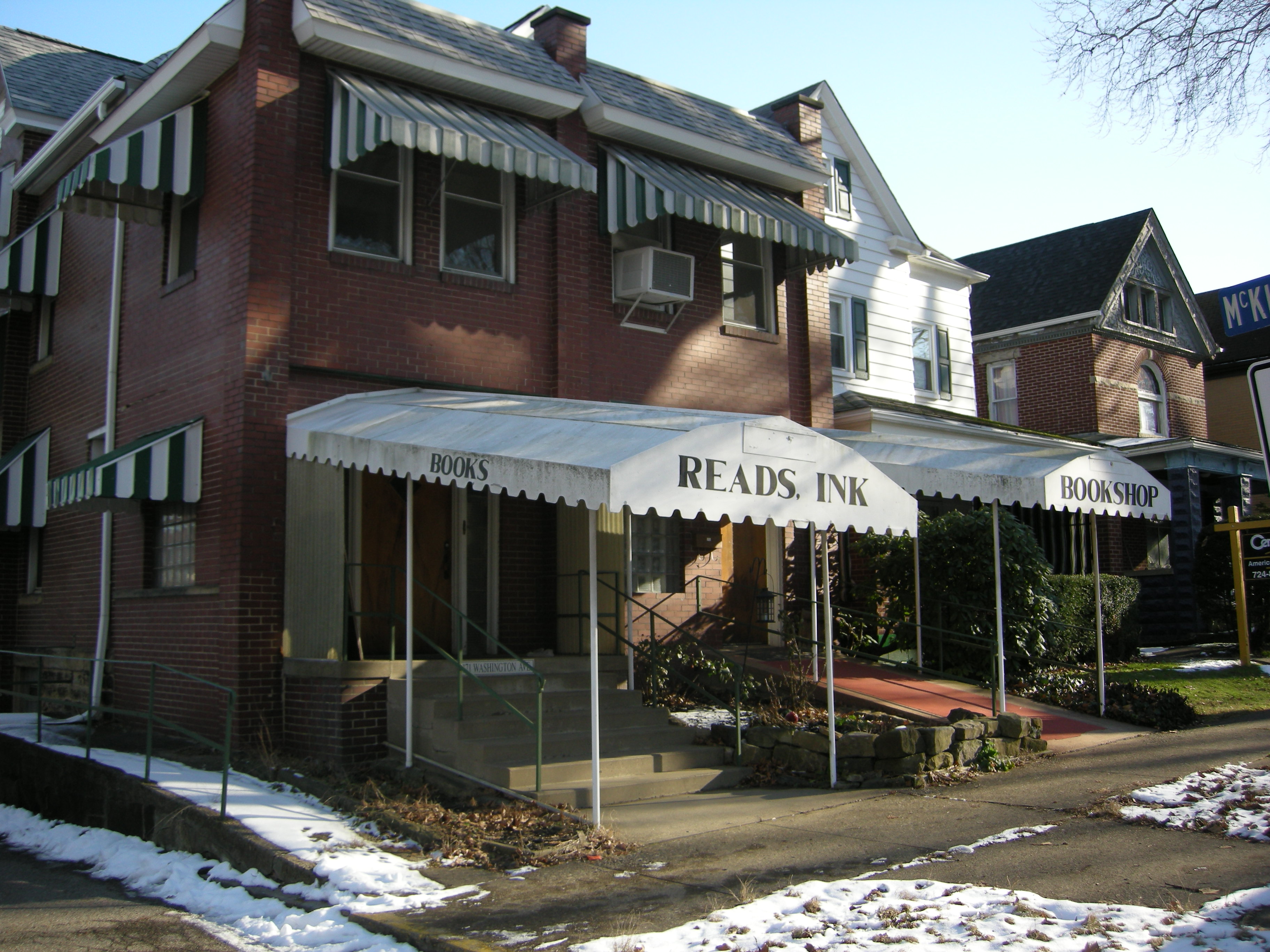
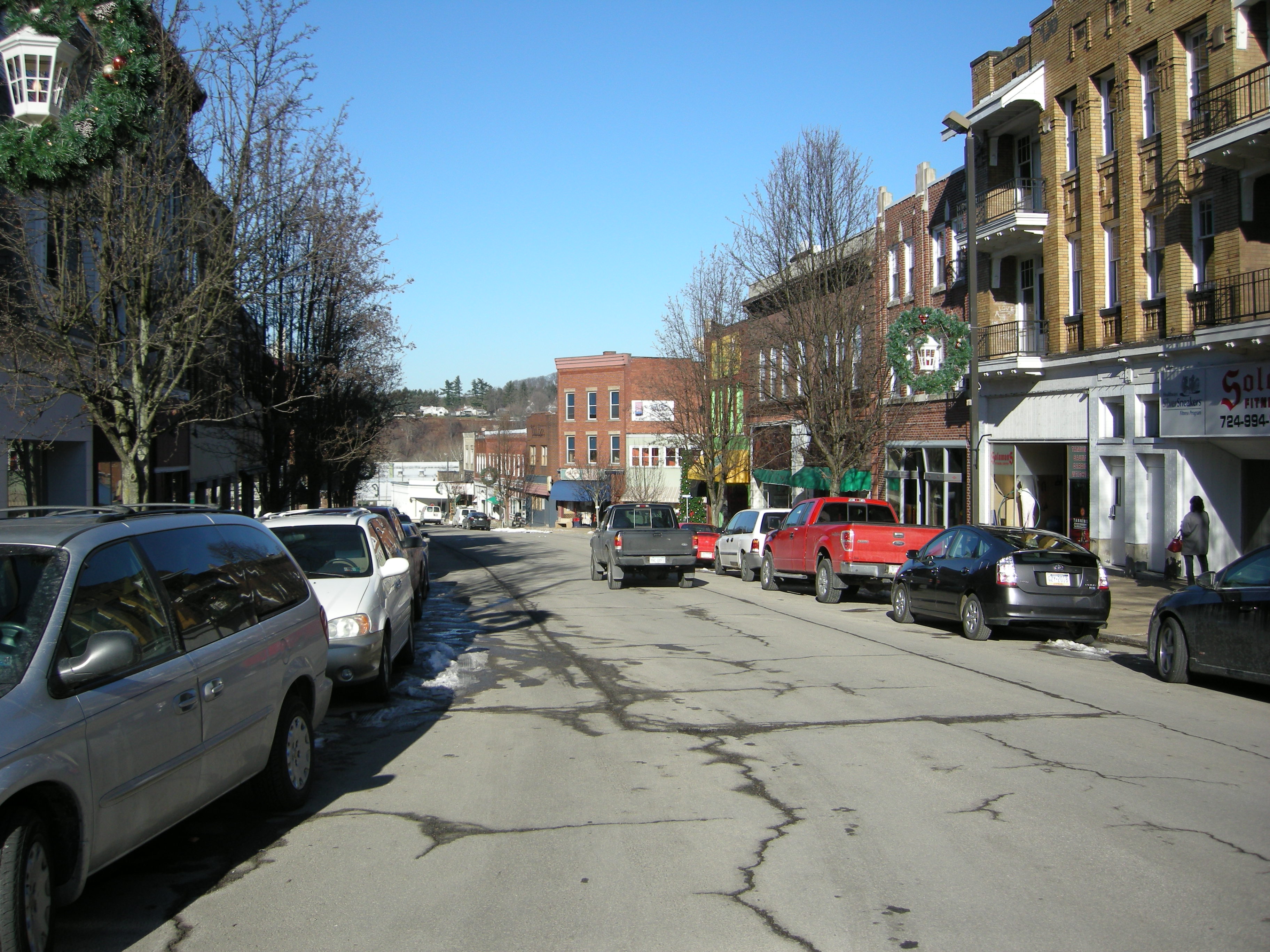
Great photos! Enjoyed the tour of Vandergrift. I guess you CAN go home again!
I encountered your article via a GOOGLE alert on Vandergrift — where my mother’s immigrant Lithuanian family grew up, and which I have had to revisit many times recently as I helped relocate an aging, frail aunt and then had to dispose of her house, belongings, etc. There’s a lot to recommend this small town, and its inhabitants definitely watch out for each other, although crime there has escalated due to the recession, etc. Thanks for your interesting article. I plan to write a small history of my mother’s family, based on oral histories I’ve taken from the 3 sisters (now all deceased), and make it available to the Heinz History Center in Pburgh as well as the Vandergrift Historical Society. Keep the history alive!
Didn’t you mean to write the “Jimmy Stewart” Museum in Indiana, Pa. (as opposed to “Jimmy Carter”)
(BTW, I read your article because I submitted the NR nomination for Vandergrift, with a helper or two, some 19 years ago. What I found most interesting about Vandergrift was that the founders tried to charge more for commercial lots along the perfectly straight streets in the intended business area. They then intended to put houses on winding streets next to that. But this just led the store owners to buy cheaper lots on the curved streets, and the architects and builders built the curves into the facades of a lot of the commercial buildings, making the storefront rows seem distorted like fun-house mirrors.
–Terry A. Necciai, RA)
You are correct. I fixed the mistake. Your NR Nomination was very helpful when i was writing this up. Also, thanks for the extra little bit of info about store placement. Having grown up in the area that was not really passed around as common knowledge but makes perfect sense as cost savings for the business owners.
Great Article Tom!
Very interesting to read a bit about a town that I have always considered “home” despite the fact that my family left in 1950 to “find the gold” in California. Prior to that, according to family history, our family lived in Westmoreland County even before our nation was officially formed. We were driven “west” by polite society in more eastern areas of not yet called Pennsylvania due to our Irish heritage.
Not quite certain how we made it to Vandergrift. I know that my mom and dad grew up there during the Great Depression.
Vandergrift, in my memory, was a lovely little town. I hope that she still is when I return for a visit. I hope that I can find some of the streets and shops of my memory.